7 Areas of Restricted Access
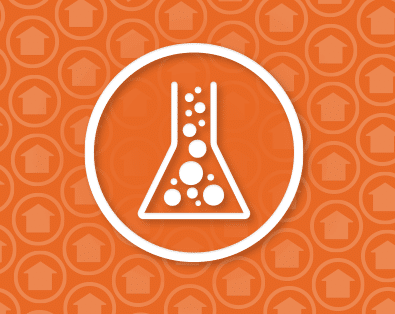
If you can’t see it, you can’t report on it! Home inspection standards are established to protect both the home purchaser and the home inspector. Part of the inspector’s protection involves limiting the inspection to readily accessible, visually observable systems and components. The following are examples of systems and components that are not readily accessible—and what to state in your report.
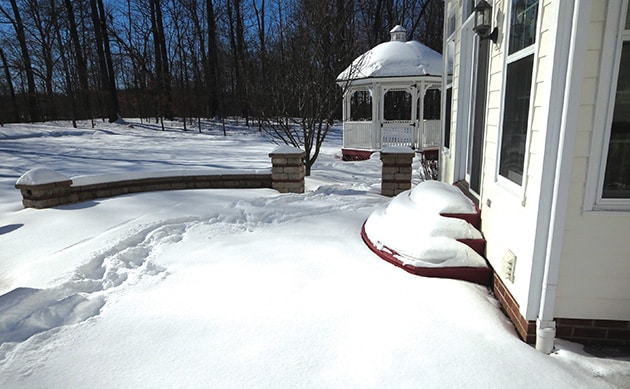
1. Snow Cover
Snow cover certainly limits inspection of grounds, walks, driveways, landscaping, and roof components (Photo 1). You should state that you couldn’t see these areas and did not inspect them.
2. Roof
Photo 2 shows a steeply sloped, fragile asbestos cement roof. By observing from the ground or the edge of the roof, you can determine it has failed and requires further evaluation. The roof is not safe for you to walk on, so you can’t evaluate vents and chimneys up close. State that in your report.
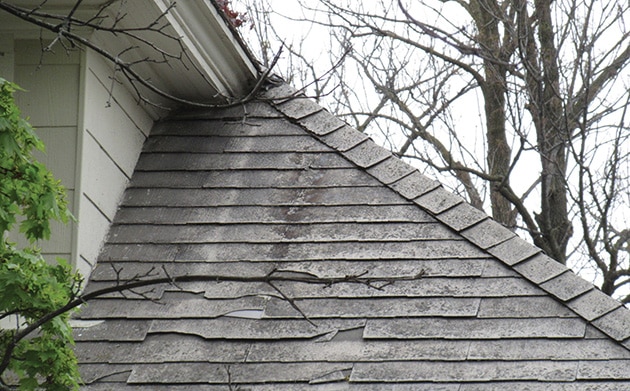
3. Attic flooring
Attic floors usually restrict access to insulation, vapor retarders, and structural elements. But in this case (Photo 3), one missing section of the plywood floor allows you to see knob and tube wiring buried beneath insulation that might contain asbestos. While most of the attic is not readily accessible, there is a lot to report, despite the limited access.
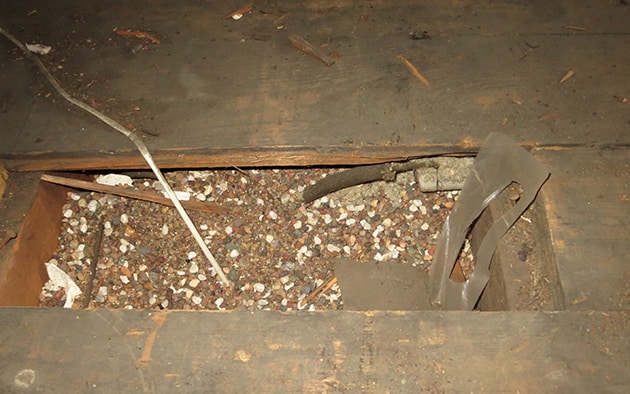
4. Attic Knee Wall
Yuck. I quickly exited this attic (Photo 4) because it was a safety hazard for me and for the occupants of the home. Those aren’t rocks piled up in this attic knee wall; most of the area was covered with animal waste. Talk about limiting an inspection!
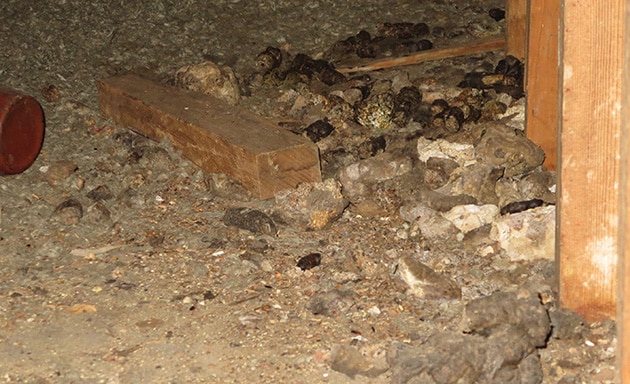
5. Landscaping
Bushes (Photo 5), trees, vines, and other landscaping elements certainly can limit visual access to the roof, siding, windows, doors, surface grading, and foundations. You need to state the restricted access and limited inspection of affected components. In my report I would also recommend removing the offending landscaping to allow further inspection.
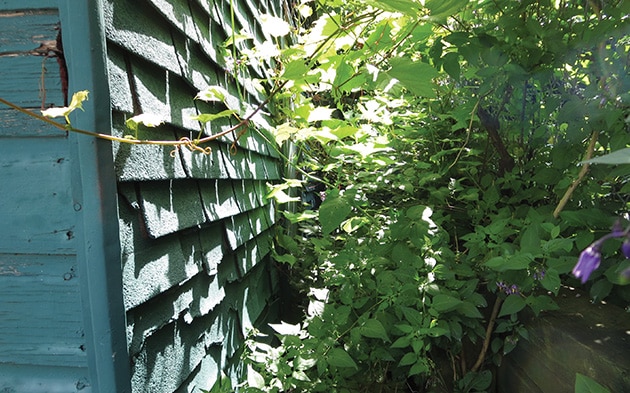
6. Furnace Vent
Following ASHI standards, we don’t inspect the interior of a vent system. But we do know a single-wall metal furnace combustion vent should not be buried in soil (Photo 6). This is a visible defect that should be reported. (The natural gas boiler was located behind the stone veneer wall in the lower level. It was a naturally drafted gas appliance with an additional inducer fan on the metal flue.)
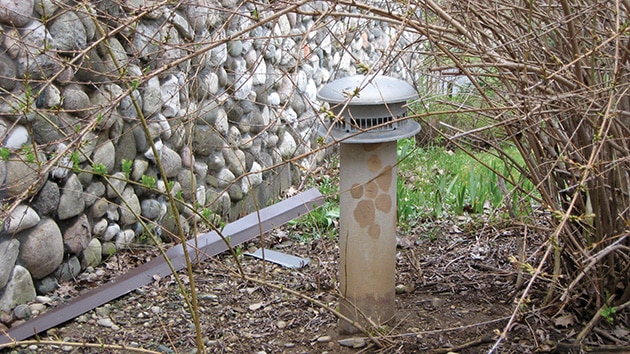
The Takeaway
Always document conditions that limit your access to any component of the home—it’s fair to you and the buyer. Be specific and include a photo. State the limits of the inspection and recommend further evaluation. You are not responsible for things you can’t see, but you must describe the component and the reasons you couldn’t inspect it.
How to Operate Your Home is a proud ASHI Affiliate member.
To Read the Full Article
ASHI offers its members unparalleled resources to advance their careers. ASHI offers training for inspectors at all levels of knowledge and experience, including resources about all major home systems. Members benefit from a vast network of experienced professionals, providing a community for mentorship and knowledge sharing..
In this Issue
Electrical Testers: Which Ones are Right for Your Business?
What is a Water Softener?
The Future of Federal Housing Inspections
The Importance of Inspections
New Innovation in Inspection Camera Technology
How Can Inspectors Prepare to Answer Homebuyers’ Biggest Questions?
How to Submit Articles to the Reporter
Postcards From The Field

FIND A HOME
INSPECTOR
Professional Networking
Grow your professional network, find a mentor, network with the best, and best part of the community that’s making home inspection better every day.
